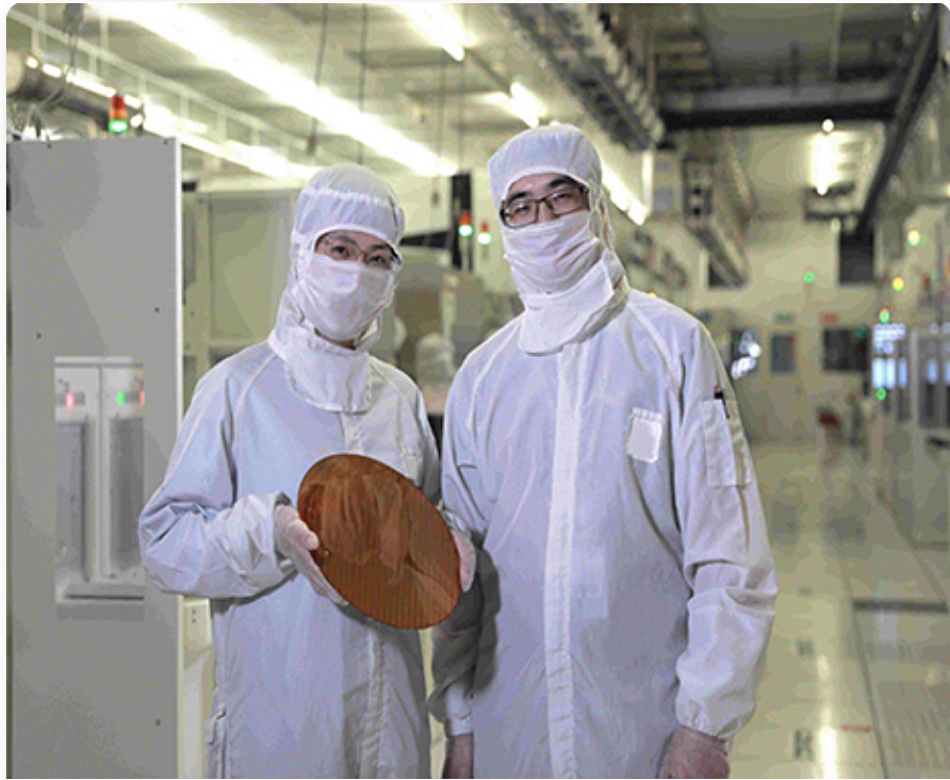TrendForce has altered its YMTC NAND 2023 forecast from 60 percent bit ship growth to 7 percent decline and has suggested the Chinese semiconductor corp could even exit the NAND market, all due to its Entity List status.
The Taiwan research house reacted to YMTC’s confirmed Entity List status by revising its NAND bit shipments down due to a number of consequent issues. It will be difficult for YMTC to buy equipment parts and technical support from its US partners and that will constrain its NAND chip output.
YMTC will find it difficult to raise the yield rate for its current the 128-layer and 232-layer processes, and the restrictions will also hinder its ability to develop 3D NAND chips with more layers than its 232-layer devices. That needs new equipment and suppliers in the West will be limited in what they can sell to YMTC. TrendForce said: “There is a likelihood that Dutch and Japanese equipment providers will join the US sanction regime and stop selling DUV immersion lithography systems to Chinese customers.”
It says smartphone and PC vendors are rethinking using YMTC NAND and may buy elsewhere. TrendForce thinks YMTC will probably have its sales geographically restricted: “TrendForce believes that YMTC will likely be limited to operating only within Mainland China in the future.”

Earlier in 2022, TrendForce thought YMTC could raise its NAND bit output by 60 percent and this was revised down to 18 percent as YMTC was placed on the Unverified List. Now that Entity List status has been confirmed, the analysts have crunched their numbers again and claim to now see YMTC having negative bit growth in 2023, minus 7 percent.
This massive turnaround has seen TrendForce revise its total market bit supply growth rate for 2023 to 20.2 percent, down from the August 2022 estimate of 32.1 percent
The analyst said that, in 2024, YMTC’s competitors – Kioxia/Western Digital, Micron, Samsung and Sk hynix/Solidigm – will have moved on past the 232-layer level and be making 3D NAND chips with up to 300 or more layers, putting YMTC at a technology and cost-effectiveness disadvantage and eroding its market share.
TrendForce analysts suggested this could even cause YMTC to exit the 3D NAND market entirely in 2024, unless it can get itself removed from the Entity List. It could return to manufacturing 2D NAND or start producing logic integrated circuits instead of NAND.
YMTC is in an invidious position. Unless it can convince the US that its NAND chips are not being used by end customers in products that could threaten US national security, then its List presence can and probably will cripple its business prospects. Huawei is an unfolding example of what can happen.
Judicial review
The Columbia Journal of Transnational Law says: “The End-User Review Committee (ERC), an interagency committee that includes representatives from the Departments of State and Energy and is chaired by the Department of Commerce, votes to add entities. An addition requires a majority vote.”
This “statutory authority for the Entity List exempts the Entity List from APA (Administrative Procedures Act) review. The addition procedure is not subject to law court APA review which could strike out an Entity List addition if it was ‘arbitrary, capricious…or otherwise not in accordance with law.'”
The journal article mentions the idea that China could institute its own Unreliable Entity List, preventing Chinese companies selling products to customers who comply with the Entity List regime. Things – meaning US-China relations – are liable to get worse before they can improve, and absent a substantial USA-China rapprochement, could substantially reduce China’s trade with the west while conforming its recognition that it needs to be self-sufficient in technology.








